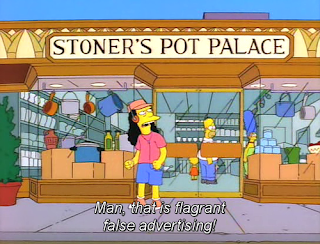Blog 3
The Songlines by B. Chatwin, is basically about the ruins of aboriginal
rituals and community caused by nomadic travellers. Chatwin’s main idea from
the story was to outline the western civilisations down fall and dark future. The
reading for this week really made me think about social media in today’s
society. In the past majority of magazines and television shows had more
important topics rather than topics on celebrities and pointless information. I
scrolled down my newsfeed on Instagram and saw A LOT of selfies and pointless
photos from those who are supposed to be our role models such as kylie Jenner
for example. She is an 18 year old female whom is socially famous, however she
abuses that power by taking inappropriate selfies. I don’t know about anyone
else but I truly believe that celebrities should use their power over the
internet for more important things like charity work, and to help out the
younger generation by showing them that image isn’t everything. It’s sad that
now days we see rarely those celebrities that actually use their money and fame
to helping those in need of food, shelter and water. Here is a good example;
the singer, Akon is focusing on bringing electricity to millions of people in Africa,
but however at the same time Bruce Jenner was going under the knife to change
into a woman. I can understand it being a brave thing, however it’s sad that
the social media is focused more towards that, and only a handful of people
really know what the singer is trying to do. My point is that media and
celebrities are abusing their power in the virtual world. A survey
showed that young people in our generation have abandoned the traditional
values and feel less connected to society more than those of older generations.
The survey showed that our generation has no interest in politics or anything
that has greater importance.
Barnes, T. (2015). Akon is taking a bold step to bringing
electricity to 600 million people in Africa. Retrieved from http://mic.com/articles/120045/akon-is-taking-a-bold-step-to-bring-electricity-to-600-million-people-in-africa
Ball, J. (2013). Generation self: what do young people really care about? Retrieved from http://www.theguardian.com/society/2013/mar/11/generation-self-what-young-care-about









